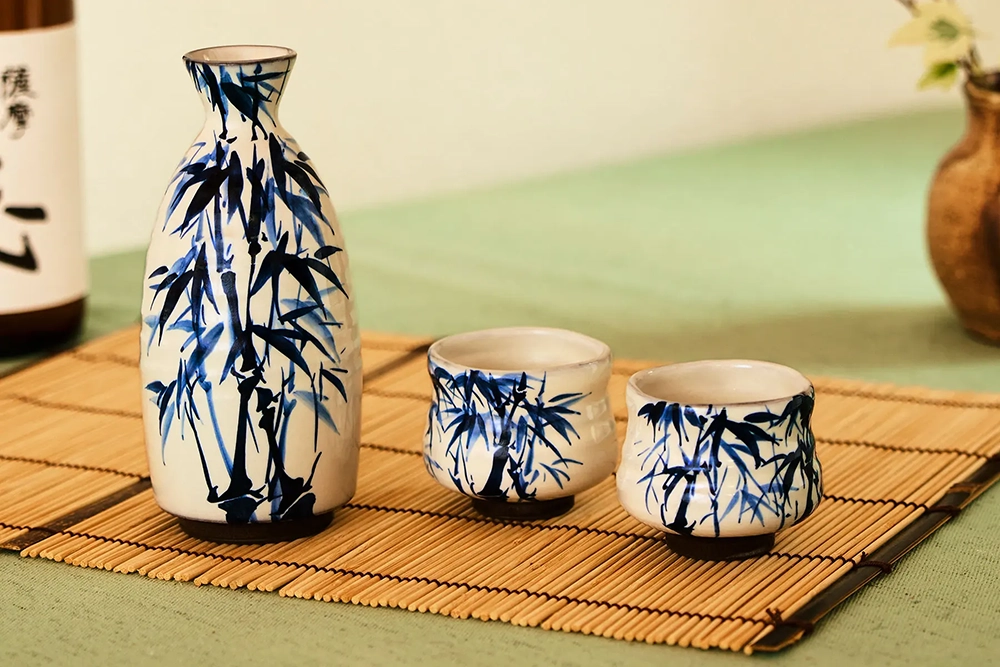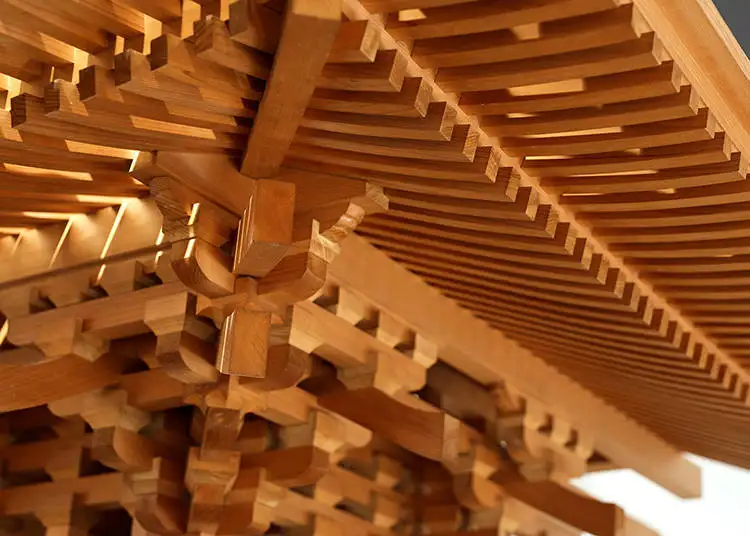Traditional Folk Art Research
- Emilie Collings
- May 23, 2024
- 4 min read
Updated: May 28, 2024

What is Folk Art?
Folk art refers to traditional art created by individuals or communities that are often rooted in cultural and regional expressions. It usually represents self-taught or amateur artists, and reflects the cultural identity, values, beliefs, and traditions of a particular group or community. Folk art can be used to describe a wide range of artistic mediums, including paintings, sculptures, textiles, ceramics, music and dance.
Folk art's link to ordinary life and a particular community's cultural legacy is one of its main characteristics. It frequently uses methods and resources that are widely available and have been passed down through the generations within a specific social or cultural group.
Folk art can differ greatly from mainstream or academic art in terms of style, subject matter, and technique. It can also be easily recognised. It is typically more community-focused and practical in nature, emphasising the expression of common cultural values over formal artistic standards.
How can I incorporate folk art into children’s pattern design?
Incorporating folk art into children’s pattern design can add a playful and culturally rich aesthetic to the designs. This approach can make the patterns visually appealing and educational for children, while also celebrating diverse cultural traditions.
To begin, I need to choose folk art motifs that are commonly found in traditional artworks. These can include animals, flowers, geometric shapes, or cultural symbols. Selecting elements specific to the country I have chosen to focus on, can provide a strong foundation for the designs. Using bold colours is essential in folk art, which is often characterized by bright palettes. I need to employ a range of bold hues to ensure the patterns are engaging and captivating for children. The use of such colours can help in creating lively and dynamic designs that draw children’s attention.
Simplifying and abstracting designs is another important step. Intricate folk art can be too complex for children, so it’s helpful to stylize and abstract traditional motifs. This ensures the patterns are easy to understand and more suitable for a younger audience.
Folk art often tells stories, so I could incorporate storytelling into the designs by creating patterns that tell simple, kid-friendly stories. This can be done through arranging motifs and characters to make the patterns more engaging and meaningful for children.
Integrating folk art techniques such as stencilling, block printing, or hand-painted details can add an authentic and handmade feel to the patterns. These techniques can enhance the overall aesthetic and give the designs a unique touch.
Adapting folk art motifs for playfulness is crucial when designing for children. I could consider turning animals into cartoon characters or using whimsical shapes inspired by folk art to create a child-friendly and playful theme. I would like to design patterns that can be part of coordinated sets, with mix-and-match elements. This allows them to be versatile for using them across various products. Coordinated sets can make it easier to create a cohesive look for children’s items.
I need to think beyond digital designs and explore how folk-art-inspired patterns can be translated onto textiles, wallpapers, or other materials used in children’s products. It can help to think more practically for applying the patterns onto products. Carrying on from this point, I would need to test my patterns on actual products such as clothing or bedding. This experimentation can give a better understanding of how the patterns work in a real-world context and help me to refine the designs to make sure they are both functional and attractive.
Folk Art by Country
Folk art is a rich and diverse cultural expression found worldwide, and various countries have unique and distinctive folk-art traditions. Some of the most well-known countries with significant folk-art heritage are listed below.
Mexican Folk Art:
Mexican Folk Art is known for its vibrant folk art, Mexico has a rich tradition of crafts including pottery, textiles, papel picado (cut paper), and alebrijes (brightly coloured Mexican folk-art sculptures). Day of the dead symbols are often seen in Mexican folk art.
Polish Folk Art:
Polish folk art includes intricate paper cut outs known as Wycinanki, traditional pottery from Boleslawiec, and regional folk costumes with elaborate embroidery.
Chinese Folk Art: – traditional Chinese folk art includes a range of crafts such as paper cutting, calligraphy, porcelain painting as well as forms of regional opera and performance arts.
Nigerian Folk Art: – Nigerian folk art is includes traditional masks, beadwork, woodcarvings, and textile arts. The countries folk art reflects the rich cultural diversity.
Indonesian Folk Art: – Indonesia’s culture is reflected in Batik (wax resistant dyeing), Wayang kulit (shadow puppetry), and traditional wood carving.
Japanese Folk Art: – Japanese folk art includes forms such as origami (paper folding), kokeshi dolls, Noh and Kabuki theatre, and traditional woodworking and ceramics.
Indian Folk Art: – India has a diverse set of folk-art traditions, each one unique to different regions. Examples include Madhubani paintings, Warli art, Pattachitra from Odisha, and as well as forms of traditional dance and music.
Italian Folk Art: – Different regions of Italy have their own unique folk-art traditions. Sicilian puppetry, Venetian mask making, and the craftsmanship of nativity scene from Naples for example.
Hungarian Folk Art:
Russian Folk Art (more in depth on another blog post):
Russian folk art is characterised by colourful painting styles, such as Lhokhloma (decorative painting on wooden objects) and Matryoshka dolls. Traditional Russian embroidery and wood carving are also important.
Scandinavian Folk Art (more in depth on another blog post):
Sweden, rosemaling (decorative painting), Dala horse carving, and textile arts are popular forms of folk art.
In Norway, Rosemaling is a distinctive folk-art style, and the country is also known for its wood carving, traditional textiles, and Hardanger embroidery.
Folk art is incredibly diverse within each country as well as within the regions of the country. Each region could have multiple variations, unique expressions of each style, within each area.
The popularity and recognition of folk art can vary, with some forms becoming internationally known and others not, staying local to the area.































































































































































Comments